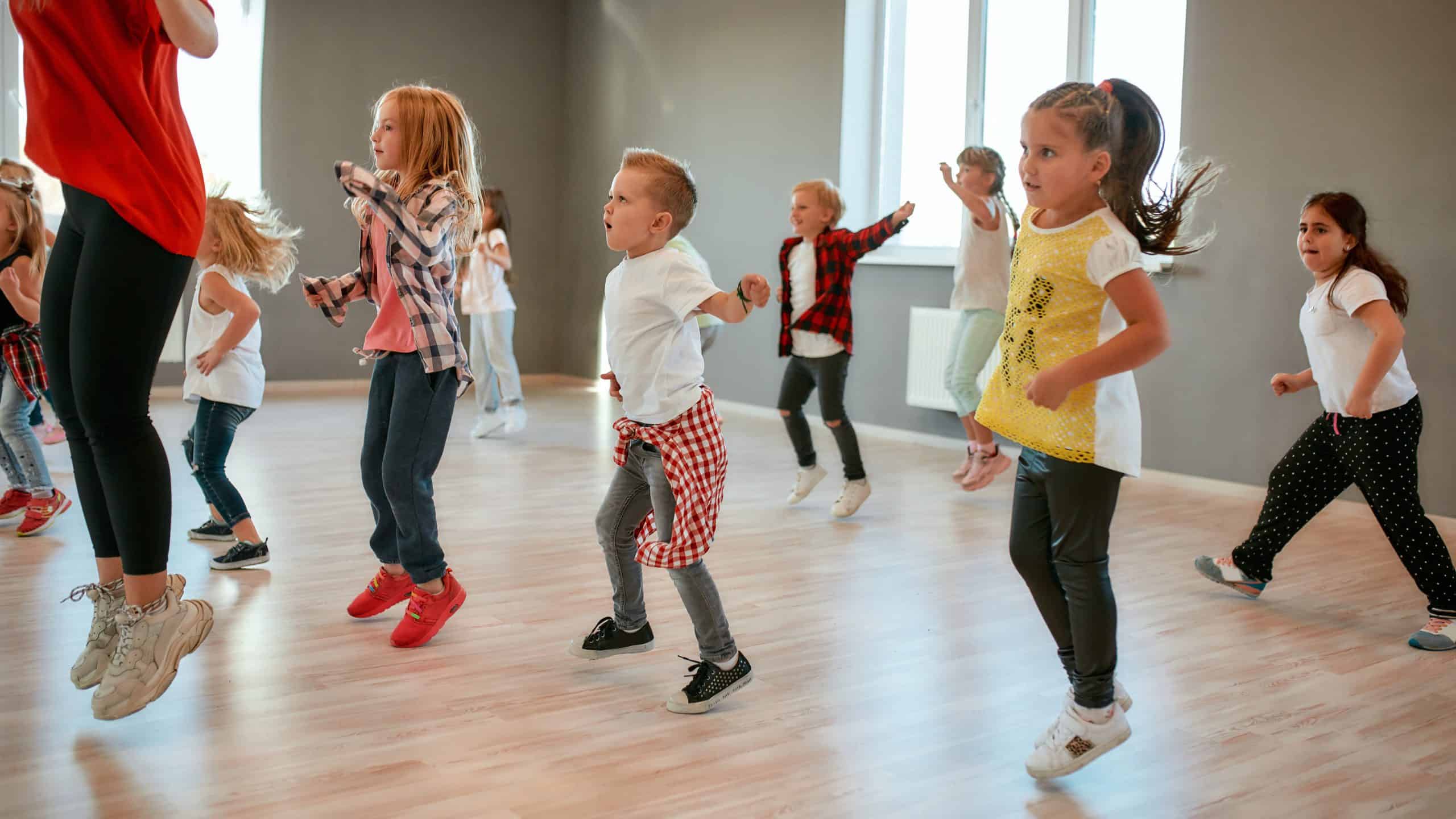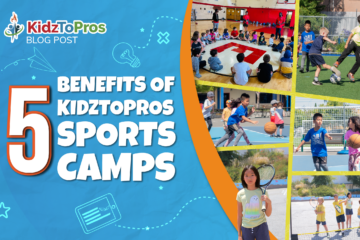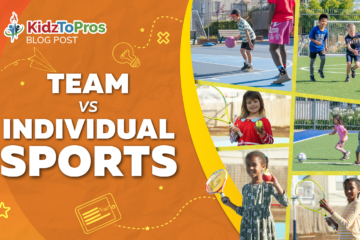Physical Activities & Kids: Move Their Bodies, Improve Their Minds

Parents know that active kids are healthier kids. They have stronger bones and build more resilient hearts and lungs. Fit children are also better able to fight illness and prevent diseases like diabetes. However, the benefits go beyond these examples. Physical activities also help young people achieve better mental health and improve academically as well.
In other words, children who exercise as part of a regular routine have healthier minds. Here’s how this benefits them in surprising ways.
Any kind of physical activity will do.
For example, team sports attract kids who like working with others toward a common goal. Lots of young athletes thrive in sports like basketball, lacrosse, volleyball, and soccer.
Perhaps your child is more independent. Get them involved in tennis, track or cycling. Martial arts and weight-lifting are also attracting a lot of attention.
Encourage your kids to stay active overall, even if they aren’t particularly competitive. For instance, they can take daily walks, go hiking, or practice yoga.
Why do active kids have an advantage, mentally?
No matter the activity, physically active children report feeling happier than those who are not active. They feel more positive toward friends, families and communities. Countless studies also show that active children make better grades in school. They score higher on tests and have fewer behavior outbursts.
This is because when kids exercise their bodies, their minds get a workout, too.
The part of the brain that receives pleasure gets energized during physical activities. Movement positively changes the way people feel.
Here’s an example most people can relate to: Have you ever woken up in the morning and felt like staying in bed? Nothing was wrong, you just didn’t feel like getting up. But you made yourself get out of bed to run or walk or work out at the gym.
After you finished exercising, did you feel better? Were you glad you did it? Most of the time, the answer is yes.
Research connects the buzz of happiness felt after sustained physical activities with chemicals in our brains called endocannabinoids. They impact areas regulating responses to stress. Endocannabinoids also help reduce anxiety.
That’s how action can change feelings and improve moods.
It’s no wonder that kids bring that happy glow into school or other activities and feel it there, too.
When this happens, dopamine goes up and kids feel hopeful more than worried. Subsequently, they do better on tests and in classroom exercises with other students. They actually feel better around their peers after physical activities.
This tendency will increase as they get older. Watch kids run or play basketball together. What you’re really seeing are kids connecting positively with their peers. There is also research suggesting synchronized group exercising – like hip hop dance lessons or spin classes – improve participants’ bond with one another. They even have higher pain tolerance than those who don’t gather with others this way.
Healthier bodies = Healthier outlooks
When kids move and stay active, whether inside or outdoors, self-esteem goes up. As a result, kids who routinely exercise report feeling braver than their less active counterparts.
They are more likely to see the upside of a challenge.
And go for it.
When someone looks back at a game and remembers making that goal, a spirit of self-reliance grows. Young athletes believe they can take another chance and, if they work hard enough, come out the other side with a victory. This translates into many areas.
Fit kids are more likely to try a new activity. Or introduce themselves to people at school they don’t know. They ask more questions in the classroom.
The positive reactions from adults and other kids only encourages more of this bravery.
Athletic children set higher goals – and garner support to achieve them. They exhibit leadership skills like taking a stand and encouraging others to do their best.
All of this starts with the courage they show in physical activities. They feel comfortable in their own skin and then branch out from there.
That’s how achievements in sports can result in better grades, stronger friendships and happier dispositions.
Good thinking!
A child’s brain is perceptive. It picks up on the signals given off by muscles and works more effectively if the rest of the body is working, too.
The same goes the other way.
When children keep an active brain – reading, completing puzzles, solving problems – their body reacts well to the stimulation.
In other words, our machinery is connected. That’s why it’s important for parents to teach children to “think positively.” This can have a positive effect on more than just thinking.
For instance, when kids wake up in the morning, many moms and dads encourage them to start their day with an intention. This puts some attention and awareness into the importance of mental health.
What do they want to accomplish? Parents help them visualize a productive day, however they perceive it to be. Adding in a few moments of deep breaths while smiling, yes, actually smiling, can make them feel better. If there is time for a short morning walk, even better.
Or kids can simply repeat some mantras about particular goals while eating a healthy breakfast:
- I can do this.
- I will do this.
- I will have a wonderful day.
Thinking and visualizing a great day assists the mood boosting chemicals from exercise. These combine to help kids start the day with a goal and feel optimistic about accomplishing it. Studies show these positive traits can last well into after-school activities and dinnertime with the family.
Physical activities improve kids’ outcomes.
Mental and intellectual health is positively impacted as kids stay active. When parents get their kids up and moving starting from an early age, the foundation for a successful life is set.



0 Comments